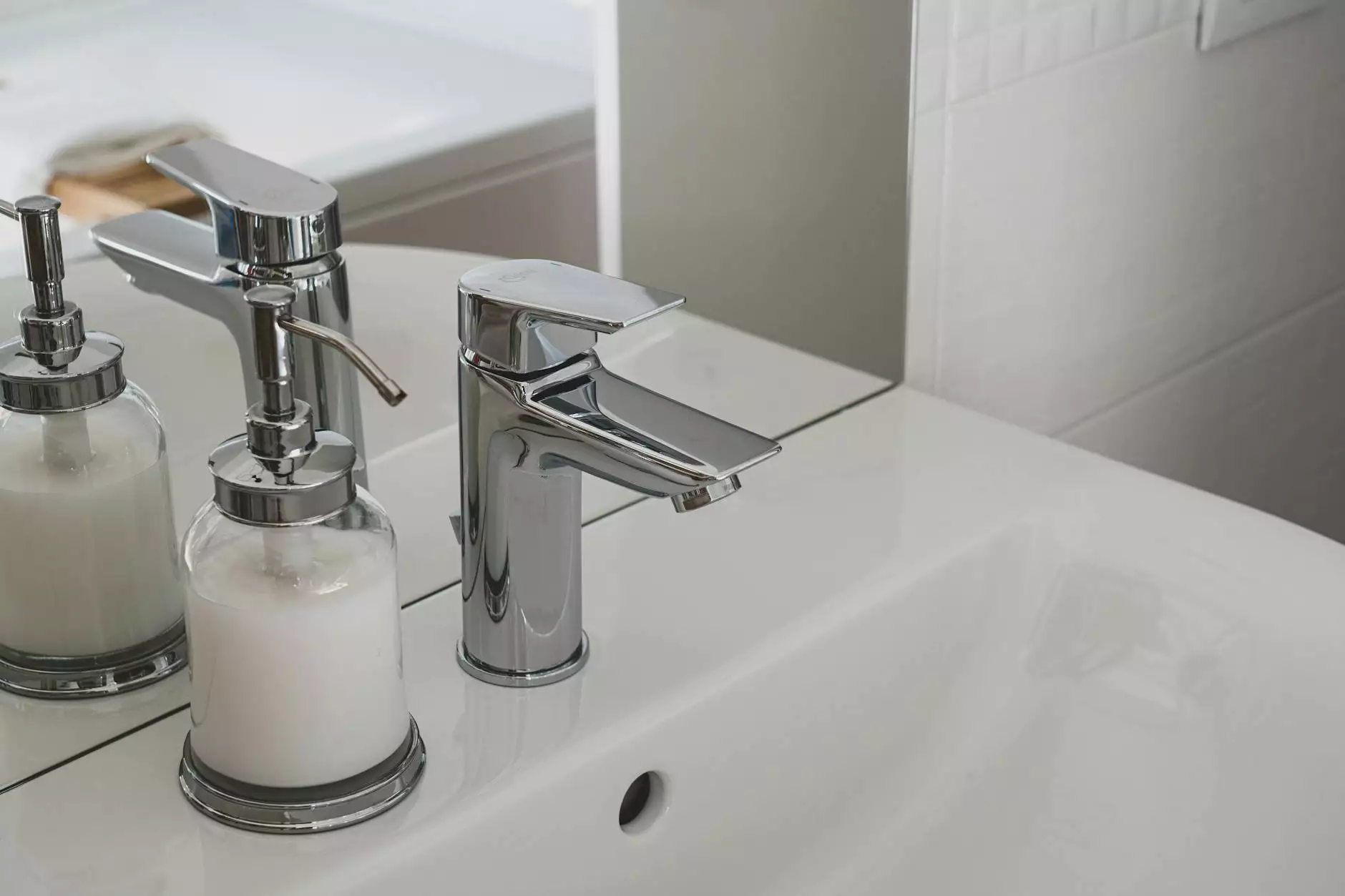Bone Mineral Density Machines: Revolutionizing Osteoporosis Detection and Management

Bone health is an essential aspect of overall well-being, particularly as individuals age or face various health challenges. With the increasing prevalence of conditions such as osteoporosis, the role of advanced diagnostic tools like the bone mineral density machine has never been more critical. This article delves into the significance of these machines in the medical landscape, highlighting their capabilities, benefits, and implications for health care providers and patients alike.
Understanding Bone Mineral Density
Bone mineral density (BMD) refers to the amount of mineral matter per square centimeter of bone. It is a crucial indicator of bone strength and health. Low BMD can lead to conditions such as osteoporosis, characterized by brittle bones and a heightened risk of fractures.
Osteoporosis is often termed the "silent disease" because it typically develops without obvious symptoms until a fracture occurs. Therefore, early detection is vital to prevent severe complications. The use of a bone mineral density machine allows for precise measurement of BMD and aids in assessing the risk of fractures.
The Mechanism Behind Bone Mineral Density Machines
Bone mineral density machines utilize advanced imaging technology to assess the mineral content in bones. The most common type of bone density measurement is dual-energy X-ray absorptiometry (DXA or DEXA). This method provides quick, accurate results and is considered the gold standard for measuring bone density.
- Dual Energy X-ray Absorptiometry (DXA): This technique uses two different X-ray beams, allowing it to differentiate between mineral and non-mineral content in the bones.
- Quantitative CT Scan: A more advanced imaging technique that provides detailed 3D images of the bone structure.
- Ultrasound Techniques: These non-invasive devices use sound waves to assess bone density without exposure to radiation.
The Importance of Bone Mineral Density Testing
Regular testing with a bone mineral density machine is crucial, especially for at-risk populations, including:
- Postmenopausal women
- Individuals over 70 years old
- People with a family history of osteoporosis
- Patients on long-term steroid therapy
- Those with conditions such as rheumatoid arthritis or malabsorption syndromes
Benefits of Regular BMD Testing
Regular BMD testing offers numerous benefits, such as:
- Early Detection: Identifying osteoporosis before fractures occur.
- Personalized Treatment Plans: Tailoring preventative and therapeutic strategies based on precise measurements.
- Monitoring Treatment Efficacy: Evaluating the effectiveness of osteoporosis medications and lifestyle changes.
- Risk Assessment: Providing crucial data for assessing fracture risk in individuals.
The Role of Healthcare Providers
Healthcare providers play an indispensable role in promoting the use of bone mineral density machines. They can guide patients regarding the necessity of regular screenings and interpreting the results accurately to formulate treatment plans.
Integrating BMD Testing in Clinical Practice
To maximize the benefits of bone density testing:
- Incorporate BMD assessments into routine check-ups for at-risk patients.
- Educate patients about the significance of bone health and the importance of maintaining a healthy lifestyle.
- Utilize technology to streamline appointment scheduling and follow-ups for those requiring repeat scans.
The Future of Bone Mineral Density Machines
As technology advances, the future of bone mineral density machines appears promising. Innovations such as:
- Artificial Intelligence: Enhancing diagnostic accuracy and predictive analytics for osteoporosis risk.
- Portable Devices: Making bone density assessments accessible in various healthcare settings.
- Integration with Wearable Technology: Monitoring bone health in real-time to inform preventative strategies.
Conclusion
In conclusion, the bone mineral density machine stands as a revolutionary tool in the realm of health and medicine. By facilitating early detection and management of osteoporosis, these machines play a vital role in improving patient outcomes and enhancing the quality of care in medical centers. As we look forward to further advances in technology and an increased emphasis on preventive health care, the significance of BMD testing in maintaining bone health will continue to grow. It is essential for healthcare professionals and patients alike to recognize the value of these devices in fostering a healthier future.
Call to Action
If you are concerned about your bone health or belong to a high-risk group, don’t hesitate to consult your healthcare provider about undergoing a bone mineral density test. Early detection can make a significant difference in managing bone health and preventing fractures. For more information about bone health and medical services, visit beammed.com.



